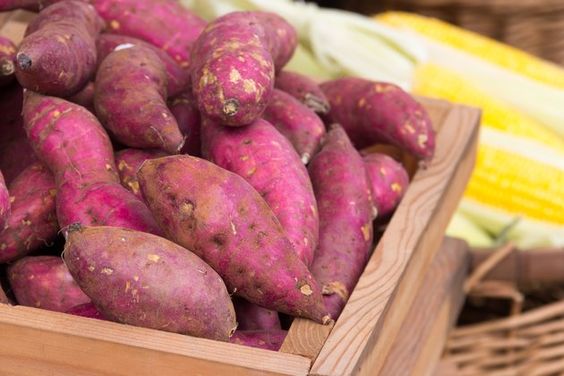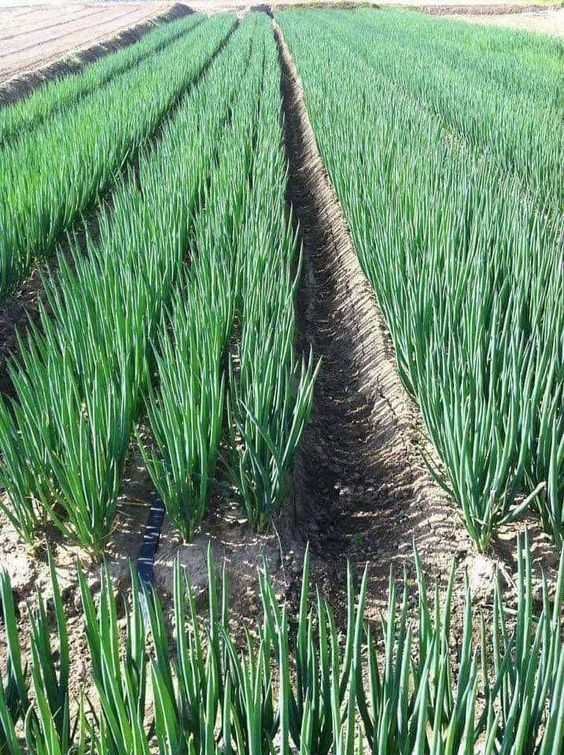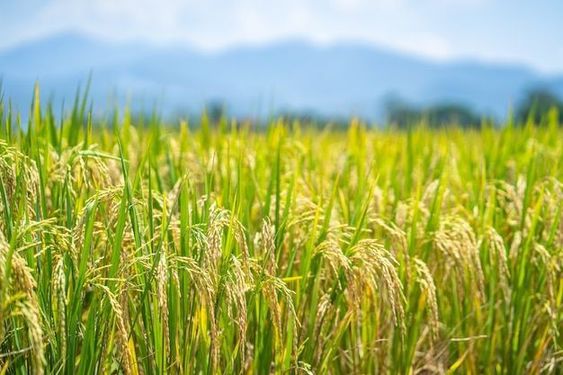Fertilizing Sweet Potato Growth: A Guide to Smart Fertilization in the Digital Age
Fertilizing Sweet Potato Growth, a versatile root vegetable adored for its delicious taste and rich nutritional profile, is a staple food source for millions globally. As the demand for this crop continues to rise, implementing sustainable and efficient agricultural practices becomes increasingly crucial. In this regard, Smart Agriculture emerges as a game-changer, offering data-driven solutions to optimize crop production. This article explores the intersection of Smart Agriculture and sweet potato fertilization, providing valuable insights for farmers seeking to enhance their yields and environmental stewardship.
Contents
- 1 The Significance of Fertilization for Sweet Potato
- 2 Embracing Smart Fertilization Techniques
- 3 Benefits of Smart Fertilization for Sweet Potato Farming
- 4 Case Studies: Real-World Examples of Smart Fertilization
- 5 Challenges and Considerations for Smart Fertilization Adoption
- 6 Conclusion Fertilizing Sweet Potato
The Significance of Fertilization for Sweet Potato
Sweet potato, like all crops, requires a balanced supply of nutrients for optimal growth and yield. Proper fertilization ensures the plant receives essential elements such as nitrogen, phosphorus, potassium, and micronutrients like magnesium, calcium, and boron. Each element plays a specific role in plant development:
- Nitrogen: Fosters healthy leaf growth, promoting photosynthesis and overall plant vigor.
- Phosphorus: Crucial for root development, promoting tuber formation and size.
- Potassium: Enhances plant tolerance to stress factors like drought and disease.
- Micronutrients: Play a vital role in various plant functions, including enzyme activity and cell wall formation.
Insufficient fertilization can lead to stunted growth, reduced yields, and diminished sweet potato quality. Conversely, excessive fertilization can harm the environment through nutrient leaching and soil contamination.
Embracing Smart Fertilization Techniques
Fertilizing Sweet Potato Smart Agriculture empowers farmers to move beyond traditional, rule-of-thumb fertilization practices. By leveraging digital tools and data analytics, farmers can achieve precise and targeted application of fertilizers, maximizing benefits while minimizing environmental impact. Here’s how Smart Agriculture transforms sweet potato fertilization:
- Soil Testing and Nutrient Mapping: Soil testing establishes the baseline fertility level of the field. Advanced techniques like digital soil mapping create spatial representations of nutrient variability within the field. This information guides the creation of customized fertilization plans that address specific areas of deficiency.
- Precision Fertilization Techniques: Based on soil test results and digital maps, farmers can employ precision application methods like variable rate technology (VRT). VRT allows for the controlled application of fertilizers, delivering the optimal amount to different zones within the field, reducing waste and ensuring efficient nutrient delivery to the crop.
- Sensor-Based Monitoring: Real-time sensors monitor soil moisture, temperature, and nutrient levels throughout the growing season. This data provides valuable insights into the crop’s nutritional needs, enabling adjustments to the fertilization plan for optimal plant growth.
Benefits of Smart Fertilization for Sweet Potato Farming
Implementing Smart Fertilization in sweet potato cultivation offers a multitude of advantages:
- Increased Yields Fertilizing Sweet Potato: Precise nutrient delivery promotes optimal plant growth, leading to significant yield improvements.
- Enhanced Quality: Balanced fertilization contributes to the production of high-quality sweet potatoes with desirable size, shape, and taste.
- Reduced Costs Fertilizing Sweet Potato: Smart Fertilization minimizes fertilizer waste, leading to cost savings for farmers.
- Improved Environmental Sustainability: By optimizing fertilizer application, Smart Agriculture helps reduce nutrient leaching and soil contamination, protecting the environment.
- Data-Driven Decision Making: Smart Fertilization generates valuable data that empowers farmers to make informed decisions about future fertilization practices, fostering continuous improvement.
Case Studies: Real-World Examples of Smart Fertilization
Real-world examples showcase the transformative power of Smart Fertilization in sweet potato cultivation:
- Precision Fertilization in North Carolina: A study in North Carolina employed VRT to apply fertilizer based on soil test results. The results demonstrated a significant increase in sweet potato yield compared to traditional uniform fertilization practices.
- Sensor-Based Irrigation and Fertilization in India: An Indian project combined sensor-based irrigation with targeted fertilization. This approach yielded a substantial increase in sweet potato water and fertilizer use efficiency.
Challenges and Considerations for Smart Fertilization Adoption
While Smart Fertilization offers immense potential, some challenges need to be addressed:
- Initial Investment Fertilizing Sweet Potato: The initial investment in technology and infrastructure can be a barrier for some farmers.
- Data Literacy Fertilizing Sweet Potato: Utilizing data effectively requires a certain level of data literacy amongst farmers. Training and capacity building initiatives are crucial.
- Technical Support Fertilizing Sweet Potato: Access to reliable technical support is essential for troubleshooting and ensuring the smooth operation of Smart Agriculture technologies.
Conclusion Fertilizing Sweet Potato
The future of sustainable and efficient sweet potato production lies in embracing Smart Fertilization practices. By leveraging digital tools and data-driven insights, farmers can optimize nutrient delivery, maximize yields, and minimize environmental impact. As technology continues to evolve and becomes more accessible, Smart Fertilization has the potential to revolutionize the sweet potato industry, ensuring food security and environmental well-being for generations to come.




